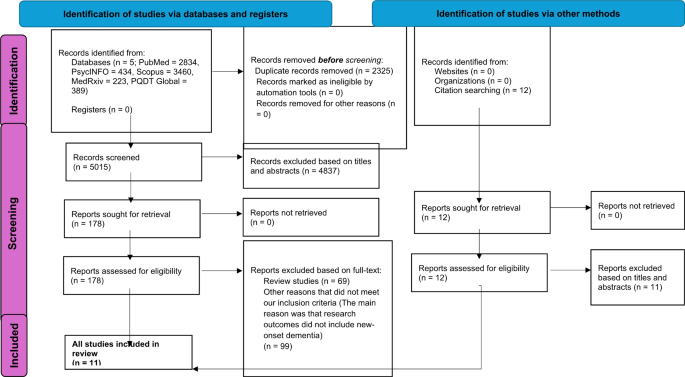Members of the United Auto Workers, or UAW, Local 230 and their supporters walk the picket line in front of the Chrysler Corporate Parts Division in Ontario, California, on Sept. 26, 2023.Patrick T. Fallon | AFP | Getty Images
The latest annual union membership numbers released last week by the Bureau of Labor Statistics reported that the percentage of unionized workers across both the public and private sectors in 2023 remained at 10%. Union members increased by 191,000 to a total of 14.4 million workers, but the share of workers represented by a union — including those whose jobs are covered by a union contract even if they are not members — actually declined from 11.3% to 11.2% of the workforce. Heidi Shierholz, president of the Economic Policy Institute, a pro-union think tank which focuses on policy for lower-income workers, says the lack of progress in the numbers seem at odds with the growing prominence of unions on the labor landscape. The lack of progression in growing union ranks is not due to a lack of public support. Even before the big wins of 2023, polling conducted in recent years showed rising union popularity, with support at its highest level since 1965, according to 2022 data from Gallup. Union polling has shown similarly favorable results, with the AFL-CIO finding that the vast majority of registered voters in America are supportive of both unions and strikes — 71% of individuals polled approve of labor unions, and 75% are in support of workers going on strike. However, only one in six Americans live in a household with a union member, and polling by Gallup shows that nonunion workers remain divided, about fifty-fifty, on interest in joining a union — Gallup’s 2022 polling showed the percentage of nonunion workers who were not interested in membership as high as 58%.
Thomas Kochan, a professor at the MIT Sloan School of Management who has been studying the unionization trends for decades, describes 2023 as a banner year for American workers who support the labor movement. In 2023, there were 451 strikes, according to the Cornell-ILR Labor Action Tracker, with successful outcomes for workers in various sectors of the economy, from SAG-AFTRA and The Writers Guild of America in entertainment, to logistics, healthcare, and hotels and casinos workers across the country also striking successfully. Despite these successes, the membership numbers haven’t seen a significant increase due to the overall size of the labor force. Private sector union membership gains have been concentrated in a few groups of workers: young workers, workers of color, and workers in the high-tech industry. Workers of color accounted for the entire increase in unionization in 2023 — at 309,000 — while membership among white, non-Hispanic workers decreased by 119,000. Union membership among workers under 45 increased by 229,000, while the overall numbers went down among workers age 45 and over.
As union issues have gained greater public support in recent years, labor experts have emphasized the need for a change in the current structure of labor laws to increase union membership. Punishments of an employer for violating the law are minimal, and public sector employees face barriers to union formation from state and local governments. 31 states and the District of Columbia had union membership rates below the national average of 10% — 11 states had union membership rates below 5%, with South Carolina at the bottom (2.3%). About 29% of the 14.4 million union members lived in California and New York. These policies have had a significant impact on the numbers in 2023. It is too soon to tell if there will be an increase in union membership numbers in 2024 that represents a lag effect from the success and prominence of unions and strikes in 2023, but there is a growing demand for more unionization opportunities that are real. “Before the turn of the century, about a third of the non-union workforce would say they would vote for a union, if given the chance. Now that number is 50%,” Kochan said.
Labor unions, with power and popularity rising, are still trailing in the biggest nationwide battle














